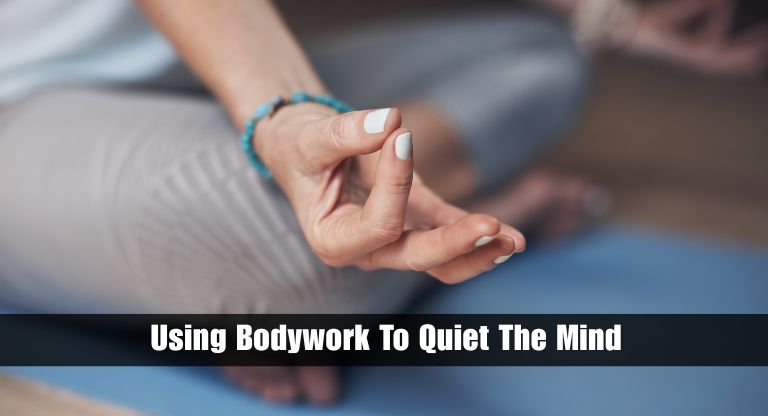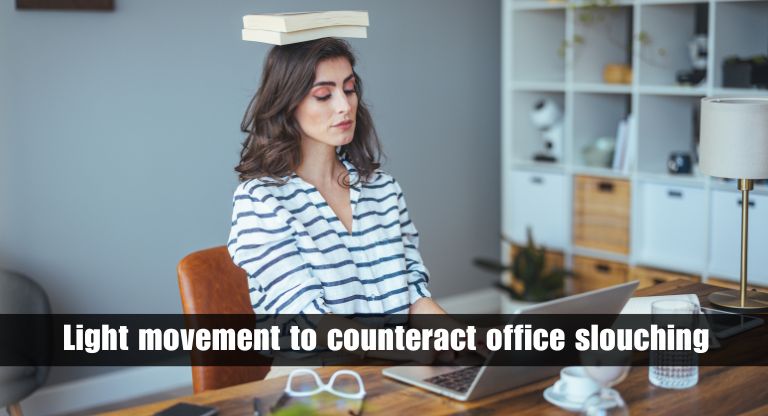How Body-Based Therapy Can Flip Your Healing Experience Around

Life is stressful, whether it’s the constant tension at work, old memories that still need to get resolved, or just the hectic pace of modern life, many of us are walking around with tension we hardly even notice and although talking with a therapist, a friend, or a coach is useful, at times, words simply aren’t going to cut it. That’s where body-based therapy enters, offering an avenue to recover not just with your mind, but with your body too.
Let’s have a look at what body-based therapy is and, more importantly, why so many people are discovering its highly effective benefits.
What is body-based therapy?
You’ve probably heard the term “mind-body connection” before. Body-based therapy is all about working with that connection.
Although conventional talk therapy focuses mainly on thoughts and feelings you can talk about, body-based therapy observes what’s happening in your body — your breathing, your muscle tension, the way you hold your body, even small sensations you may not have noticed before.
Why? Because your body remembers. Stress, trauma, and different emotions have a habit of leaving behind a mark that you carry around in your body, like tight shoulders, a tense jaw, shallow breathing, or pain. Body-based therapies adapt you, release, and heal these stored patterns.

Benefits
These are some of the largest body-based therapy benefits people feel:
Improved emotional balance
Have you ever found yourself overwhelmed with feelings but not knowing how to slow down? Body-centered therapy shows you how to listen to your internal signals, such as becoming aware when your heart begins beating or when you catch yourself rapid breathing, so that you can break up feelings before they overcome you.
For instance, your therapist may instruct you to take slow breaths, notice your feet on the ground, or walk slowly in a way that loosens the tension built up. All of these, as time passes, build up your self-regulation ability, and you get more emotionally grounded and resilient.
Releasing old trauma
Sometimes we think we’ve “moved on” from negative experiences, but our body remembers otherwise. Trauma, especially, gets “stuck” in the body, making you tense, numb, even years later.
Body-centered therapies like sensorimotor psychotherapy or somatic experiencing help people connect gently to those imprinted feelings so that their body is able to work through and release what’s been stored within. You don’t even have to describe the trauma in words, which is quite a relief to people who struggle with words feeling too much.
Relief from physical stress and better health
No surprise, then, that when we carry emotional tension, it gets expressed physically: headaches, belly issues, sleeplessness, or pain.
Many notice that once they’ve had a visit from a body-based therapist, they notice:
- Fewer aches and pains in the body
- Better sleep
- More relaxed, deeper breathing
- Better digestion
- General overall greater vitality
Therapies like massage, yoga therapy, or breathing can decrease muscle strain and start the body’s relaxation response, enhancing mental and physical well-being.
Greater connection to self
Maybe one of the most beautiful body-based therapy benefits is simply feeling more comfortable in your own skin.
We all spend so much time in our heads thinking, worrying, and planning that we barely notice the body we’re living in. Body-based therapy reminds you of your body. Using mindful movement, or noticing breath, you practice listening to your body’s communications with curiosity.
Increased self-awareness has the power to lead to greater confidence and an overall completely.
Support for a wide range of issues
Body-oriented therapies may be helpful for a broad range of issues, including:
- Anxiety and panic attacks
- Depression
- PTSD and trauma
- Chronic stress
- Eating disorders
- Chronic pain or fibromyalgia
- Addiction recovery
Even without a clinical diagnosis, anyone who is looking for more balance, healing, or resilience can benefit from bringing the body into their healing process.

What happens in a session?
If you wonder what a body-based therapy session is like, it’s actually going to vary depending on the style. But here’s what you might receive:
- Gentle guidance to notice physical sensations
- Grounding or breathing practices
- Movement or stretching to release tension
- Hands-on bodywork, if necessary
- Reflection and integration to connect what’s happening in the body to feelings or sensations
The aim isn’t to “fix” you, but to help you listen to what your body has to say and to support its natural ability to heal.
Getting started
If you’re drawn to it, here are some suggestions:
- Identify a skilled practitioner: Somatic therapists, yoga therapists, bodyworkers, and trauma-aware massage therapists would be a great place to begin.
- Be open but kind to yourself: This type of work can trigger unexpected emotions, so proceed at a pace that is comfortable for you.
Use with talk therapy if beneficial: Most people heal best when they combine body and mind methods.

Final Thoughts
We like to imagine healing as a process that takes place through thinking or talking things out, but our bodies are part of the story, too. Body-based therapy reminds us that complete healing often happens when we listen to the wisdom inside of us.
Whatever you are looking to quiet chronic stress, work through old trauma, or just be more present and alive, body-based therapy is a gentle but profound path to follow. You don’t need to do it alone your body is already on your team.









